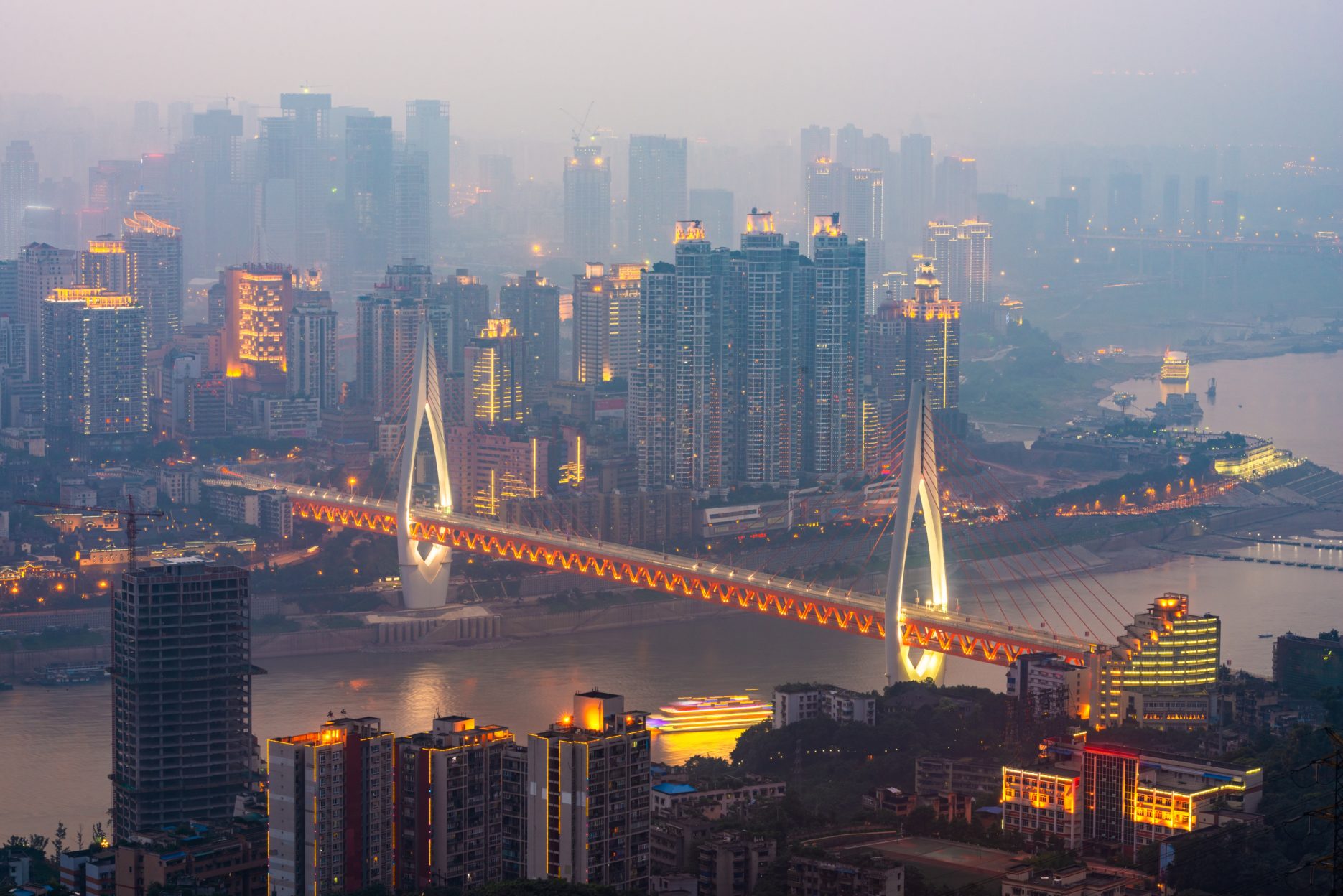As China is on track to be the world’s biggest luxury market by 2025, it has long been the market that is craved by luxury brands from around the world. The top-tier cities, such as Beijing, Shanghai and Shenzhen, have so far been the most favoured home to many global labels with their larger populations and typically higher average salaries.
However, there seems to be a shift of location preference from the big to lower-level cities, due partly to the consumption being deemed to have reached a ceiling in those more developed areas, coupled with the potential of extravagant purchasing in less-advanced areas in China remaining huge. According to Boston Consulting Group, over half of China’s luxury consumption comes from 2-and-3-tier cities, where foreign luxury brands have not yet been as present as they are in big cities.
While more global labels have realised the opportunities for further growth and have stretched their reaches to lower-tier cities. For example, Louis Vuitton has recently opened its third Maison in mainland China in the city of Chengdu, as well as Adidas Original, who launched its first global customised flagship store in the same city earlier this year.
In the meantime, these smaller cities have been more open to global brands, and Chongqing is one of the pioneers of this new strategy. The local government has introduced policies on 8 February, regarding making Chongqing an international consumption centre. The new policies stress financial incentives for internationally renowned brands to open their first Asian stores in China in the city of Chongqing, with government monetary reward of up to one million RMB ($157,366).
A total of 169 global brands had landed in Chongqing last year, as per Chongqing Municipal Commission of Commerce. They included the South Korean eyewear brand Gentle Monster and the French luxury jewellery brand Van Cleef & Arpels. With further government support, it would smooth the entry for foreign brands while lowering the initial costs, allowing a more effective penetration of a new market in China for global players at the same time.
Read more:









